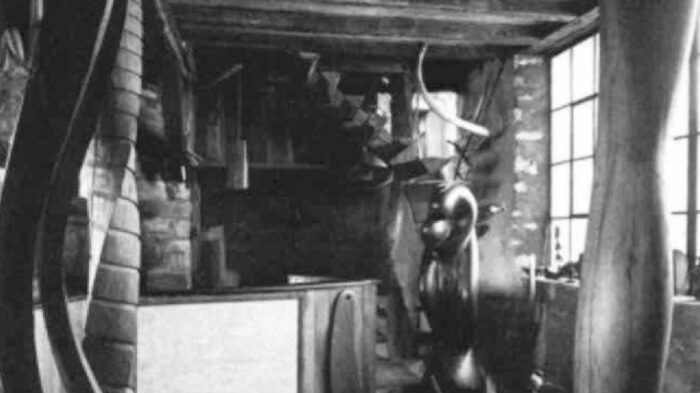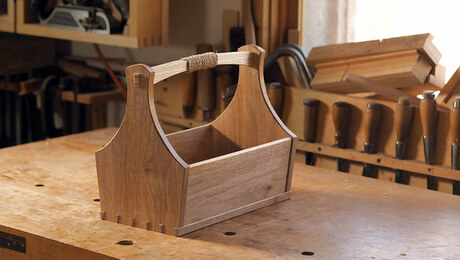
Synopsis: Fine Woodworking’s John Kelsey visited the Esherick Museum in Paoli, Pennsylvania, and discovered that the influence of Wharton Esherick on contemporary American furniture is vastly greater than most woodworkers know. His achievement, writes Kelsey, was to merge furniture and sculpture, elevating furniture to the level of art. Starting as a painter, then carving his own picture frames, he moved on to furniture and even building his own studio, which is a marvel in itself. The article includes information on how to reserve tour time at the museum.
The influence of Wharton Esherick on contemporary American furniture is vastly greater than most woodworkers know—as a visit to the Esherick Museum in Paoli, Pa., makes clear. Before his death in 1970 and since, a steady stream of artists, teachers and woodworkers have made a pilgrimage there to study his work. That is why so much of it looks familiar—there are no books about Esherick, but his work is so good and so fresh that it has been widely imitated, often unawares.
In 1913 Esherick came to his hillside in Paoli, near Valley Forge, to be a painter. He started to carve the frames for his paintings, then to make woodcuts and bas-relief carvings, then sculpture and furniture for the home and studio he was building. His achievement was to merge furniture and sculpture, elevating furniture to the level of art. His early work shows the curving line of art nouveau and the planar experiments of the cubists. The later work settles into a controlled style of natural forms that call out to be touched, sat upon, used. He worked only in local hardwoods.
Esherick’s masterpiece must be the studio itself, a deceptively complex structure where he lived and worked, and which he enlarged and modified during 40 years. It is a two-story workspace where whole logs could be brought, with a balcony studio and with living quarters tucked away above and to one side. The whole is united by a marvelous branching tree of a twisted stairway so cunningly constructed that the feet and hands slide effortlessly where they should. Every detail of the building and everything inside it was designed by the artist and made by hand. The coat pegs are carved with the faces of the workmen who used them. The counterweight for a hatchway into Esherick’s upstairs bedroom is a carved figure climbing on the rope. Everything is fluidly carved except the kitchen corner by the window, where Esherick liked to look across the vast, wooded valley, seated on a simple plywood bench with a plywood back and loose cushions.
 From Fine Woodworking #7
From Fine Woodworking #7
For the full article, download the PDF below:
Fine Woodworking Recommended Products

Circle Guide

Drafting Tools

Drafting Tools




















Log in or create an account to post a comment.
Sign up Log in